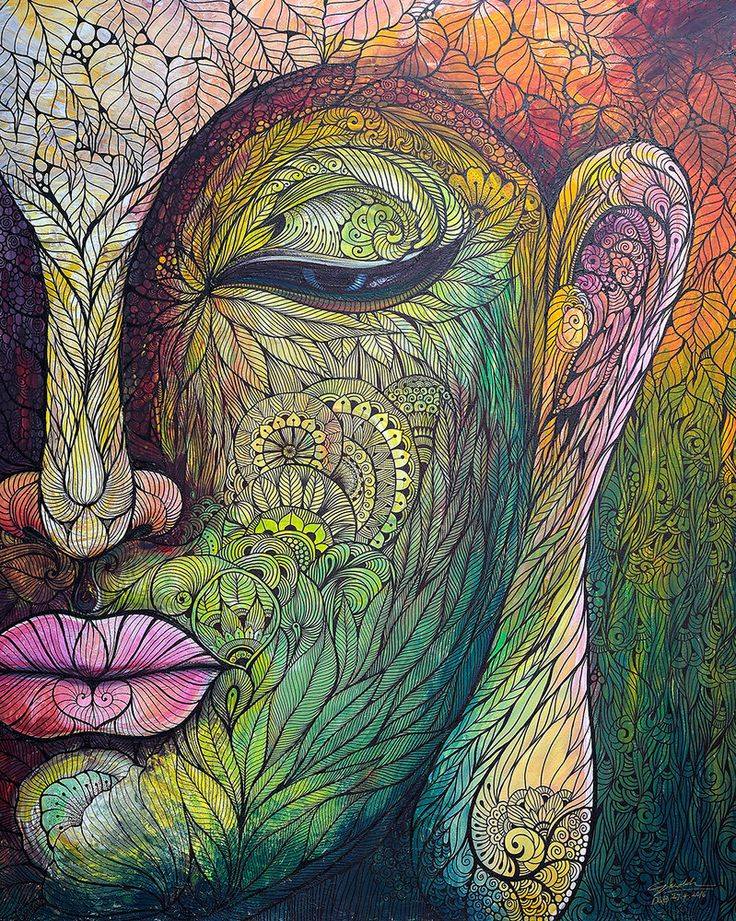The Buddha’s Teachings on Love

The Buddha’s Teachings on Love
– by Gil Fronsdal
Just as blood nourishes the heart which keeps it flowing, so love nourishes spiritual freedom and is, in turn, kept flowing by it.The connection is so strong that Buddhism, often known as a Path of Freedom, could equally be called a religion of love.Perhaps this is what he had in mind when the Dalai Lama said his religion is kindness.For the Buddha, love is one of the paths to full spiritual liberation.
If we call Buddhism a religion of love we need to be clear what we mean by love, or more precisely, what forms of love we are including.Because freedom is the guide, the measure, and the ultimate goal of all things Buddhist, Buddhist love includes those forms of love that are characterized by freedom.Love that involves clinging, lust, confusion, neediness, fear, or grasping to self would, in Buddhist terms, be seen as expressions of bondage and limitation.
Lovingkindness, compassion, appreciative joy, and a particular form of equanimity are the four kinds of love taught and encouraged in classic Buddhist teachings.None of these are uniquely Buddhist;they are four qualities of heart that reside within everyone, at least as potentials.Teachings about the four forms of love existed in India prior to the Buddha – they were elements common to the Indian spiritual world which he included within his system of practice.While Buddhism cannot exist without love, it may be helpful to realize that love can exist happily apart from Buddhism.Learning the ways of these four loves does not require one to become a Buddhist.It only requires a willingness to develop innate capacities.
Love does not need to be left to chance.It mustn’t be a matter of “falling in love,” nor must it be accepted in whatever degree or frequency it happens to appear.The Buddhist tradition has developed a range of practices and reflections designed to develop our capacity to love.As with a treasure behind a locked door, we can find the key that allows us to open the door of love; like a muscle, love can be strengthened through practice.
In their most developed forms, the four types of love can each become a boundless radiance glowing from us.As such, love may flow from us equally toward all beings or it can glow freely without needing to be directed to anyone.When boundless, love without any particular object is recognized in Buddhism as a form of liberation.
To be “free” only when things are pleasant is not real liberation.Similarly, to love only in optimal conditions is not real love.Not a few Buddhist meditators have experienced great love while in meditation, only to have it disappear quickly outside of meditation.It can be easy to love all beings in the abstract, but it can be a great challenge to do so when we have to live with them.It is one thing to love and another to express that love in daily life.
One of the most rewarding spiritual practices is to cultivate the ability to bring love into all aspects of our life and to all people we encounter.This entails learning how to include love’s presence while we speak to others, are in conflict with others, and are living with others.While this can be a daunting task, it begins with having the intention to do so.And it is supported by appreciating each manifestation of love that we encounter.Even practicing loving-kindness for the time it takes to snap the fingers is beneficial.Each drop of practice is significant and, as the Buddha said, “with dripping drops of water, the water jug is filled.”